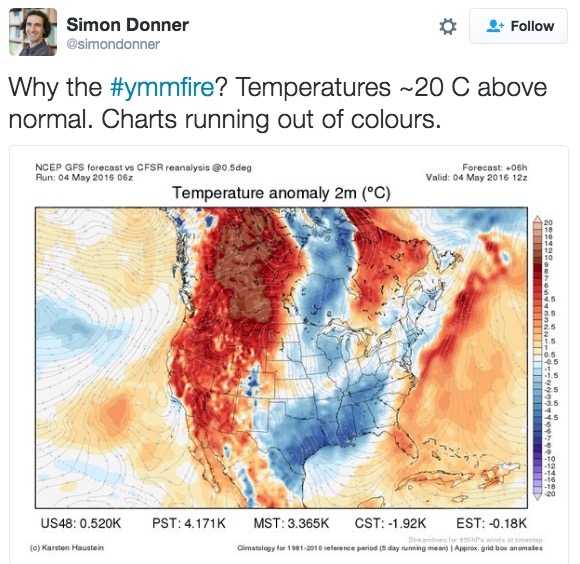On July 1 the Predictive Services section at the National Interagency Fire Center issued their Wildland Fire Potential Outlook for July through October, 2016. The data represents the cumulative forecasts of the ten Geographic Area Predictive Services Units and the National Predictive Services Unit. Below are highlights from the outlook.
****
“During late June and July significant wildland fire potential usually transitions from the Southwest and southern California northward into the remainder of the western United States. The timing of this transition should be near normal; however, some areas will experience an increased potential for significant fires due in large part to high fine fuel loading. These areas include the northern and western Great Basin, northern California and some of the finer fuel regime areas of Montana, Wyoming and the Dakotas. Additionally the Southwest will continue to see elevated significant wildland fire potential through July as monsoonal rainfall may not be as consistent as usual. Southern California also will continue to have elevated significant fire potential throughout the period driven by long term drought and vegetation mortality. Alaska fire potential will remain near normal with the northern portions of the state below normal. Alaska usually begins to transition to late season conditions in July and August.
The same heavy fine fuel crops that are driving the above normal forecast for July will continue to present above normal potential into August. Forecasted normal conditions in the higher elevations for August, however, mean that a number of significant wildland fires are likely to develop in these areas throughout the West. Fire season in the western U.S. is typically at its peak in July and August and this year should be no different with the potential for significant fires across the spectrum of fuel regimes all indicating at least normal levels of fire activity.
In September and October the northern tier of states should see a rapid return to normal wildfire potential. The focus for activity should transition to California. Long term drought is expected to remain in place and fall conditions typically bring an increase in offshore wind events that often drive fire activity for the state.”














